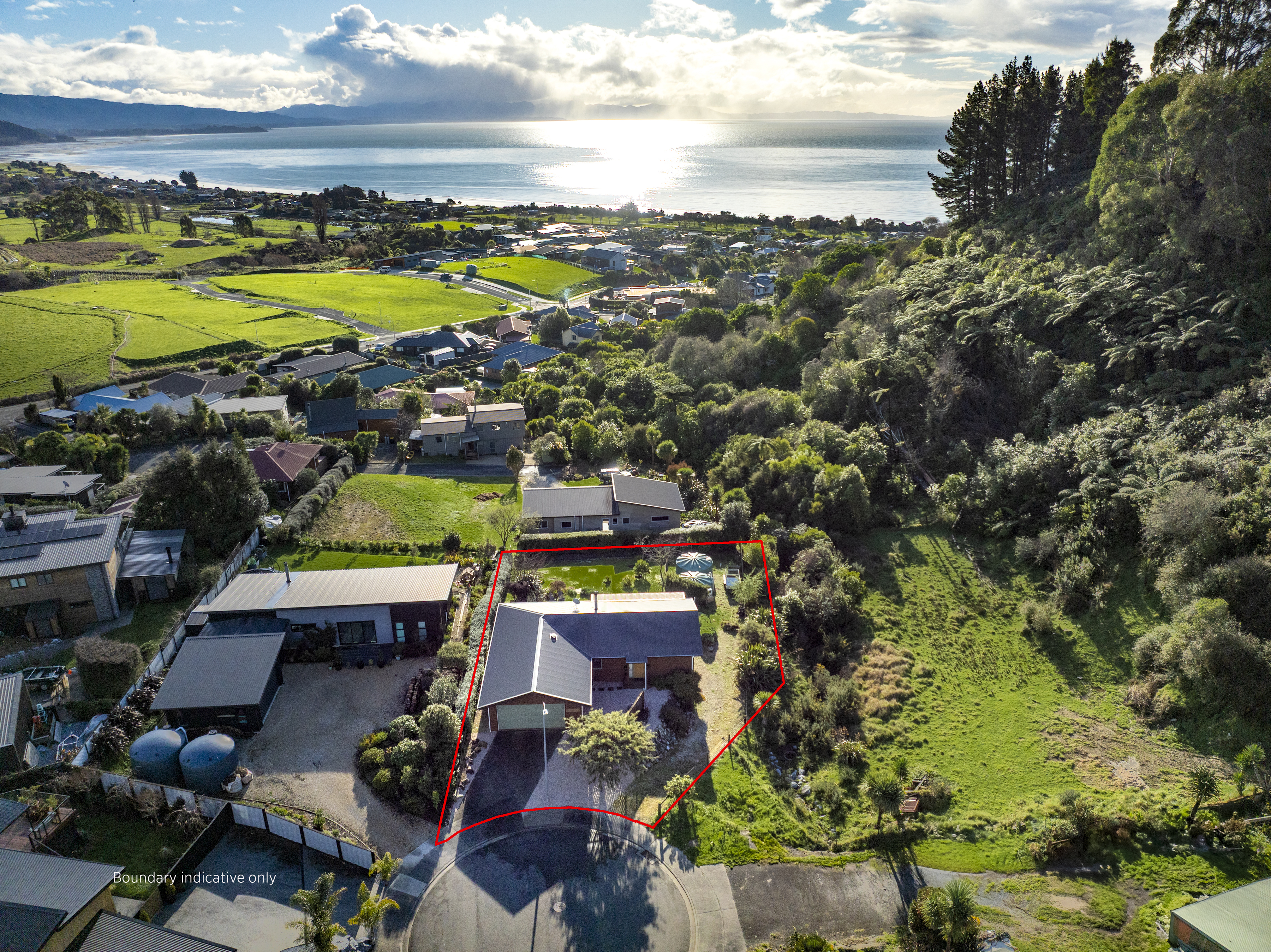The housing market in Auckland peaked late in 2016. Since then on average prices have fallen 1.3 percent, sales are down 20 percent, it takes four days longer to sell a dwelling, and there are 9,500 properties listed for sale, up from 6,700. The rest of the country is different. Excluding Auckland average sale prices have risen 17 percent, sales have fallen 12 percent, days to sell have risen two days and listings have decreased by 1,400. Why the Auckland flattening and why the strength elsewhere?
The key to understanding New Zealand’s housing market these past few years is this: the relationship between average house prices and average household incomes has permanently changed, rendering old theories about this ratio settling near three obsolete. I’ve been running through lists of factors explaining this shift since 2011 and here are 13 of the main ones.
Before the 1980s few female partners worked. Now most do, so the family income available to bid for a property at an auction is much higher than it used to be. Two incomes, not one. Credit was rationed to longstanding bank customers with exemplary credit records before the mid1980s. Now getting a mortgage is far easier than back then. The average size of new houses (which add about 1.3 percent volume to the housing stock each year) is more than 50 percent larger than in the 1960s.
Construction costs have soared along with standards for the likes of seismic strength, fire proofing and energy efficiency. Houses have toilets on the inside, often more than one nowadays, and there is insulation in the walls! Council consenting fees have soared along with inspection regimes. Land availability has plummeted.
Start your property search
Up to October last year, foreign buyers were a new influence in our market that was not there two decades ago - and they probably are still there in less visible ways. More couples divorce than decades back and especially for older ones unwilling to go flatting this means more people seeking their own dwelling.
And three other very important changes. Net migration flows have structurally shifted from New Zealand experiencing “brain drain” and T-shirts inviting “the last one out to turn off the light” to attracting talent from offshore and keeping young people here for longer. Average mortgage rates have plummeted from over 20 percent in the late-1980s to below 4 percent for some fixed interest rates now. And for three decades Baby Boomers have been exhorted by governments and media campaigns to build assets for their retirement amidst scary stories of National Superannuation being scrapped.
They have responded not by purchasing shares, which they have distrusted since the 1987 crash, but by investing in houses.
Most of the surge in Auckland’s average house prices from 2011-2016 was the market factoring in these and other changes. Prices shifted from an old equilibrium to a new one with two key stimuli from 2011 being people catching up on house buying delayed from 2007, and acknowledgement of a big shortage of houses in Auckland from the mid-2000s.
Late in 2016, Auckland reached its new pricing equilibrium assisted by the temporary 40 percent minimum deposit requirement for investors required by banks from late-July that year.
So why is the rest of the country still rising while Auckland has flattened? Because while Auckland has adjusted to a new normal the process started later elsewhere and is now still rolling as people do what they do every cycle – seek better value outside a city which now holds 35 percent of our population – from 21 percent in 1961.
So where to now is the big question. If you’re looking for a forecast based upon a desire for where prices “should” be according to old ratios, social equity, or housing access, you’ll be disappointed. That “analysis” is useful for building discussions around availability of social housing and coupled with KiwiBuild struggling in its initial form will likely lead to a shift in KiwiBuild toward construction of social rather than affordable housing, and that will be a good thing.
But for insight into where things “will” go rather than where they “should” we need to stick to the unadulterated basics.
Doing that gives us this picture.
Auckland moves in cycles with varying driving forces.
Sometimes interest rates rising then falling then rising cause the cycle, coupled with jobs growth.
Sometimes migration flows dominate. These next few years a worsening property shortage will likely be the eventual trigger for a new period of firmly rising average prices. Credit availability for housing developments has fallen and is set to decline further. KiwiBuild is failing.
Trades shortages are worsening, exacerbated by builder shortages offshore.
Timing? Maybe three or so years from now. Before then easing net immigration will act as a dampener along with rising costs for landlords (which will boost rents), including perhaps a 30 percent chance of a new capital gains tax. More likely the five year bright-line test will be extended to ten years. For the rest of the country, this year into 2020 is expected to bring slowing price appreciation as adjustments to “catch-up” with Auckland get completed.
● Tony Alexander is chief economist at BNZ








































































